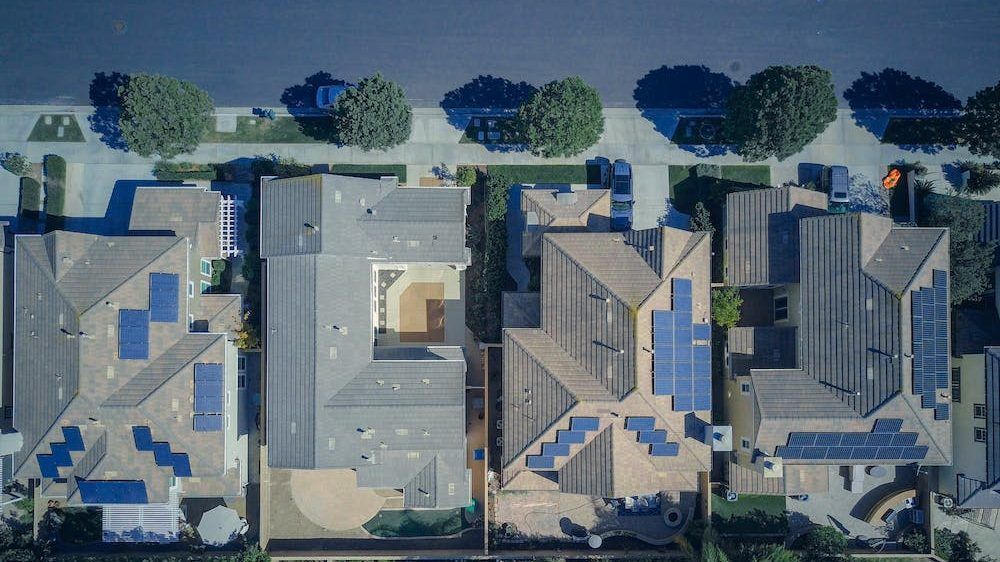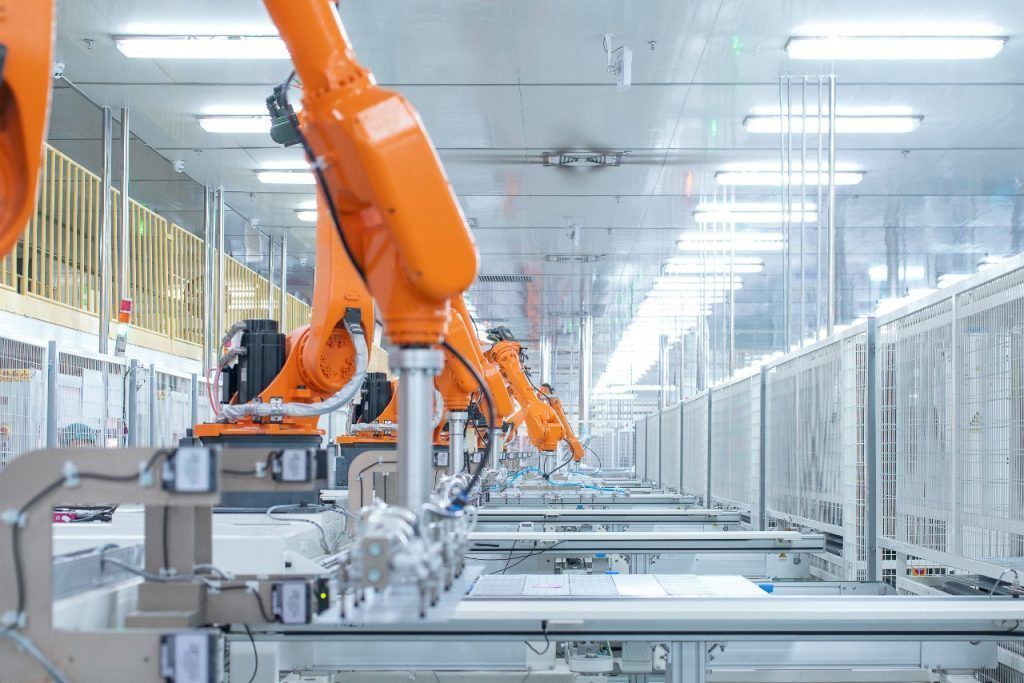Governments’ interventions could cause an imbalance in international capital allocation and slow progress towards achieving net-zero targets, warns a recent report of EY Renewable Energy Country Attractiveness Index (RECAI).

The study, conducted biannually since 2003, ranks the world’s top 40 markets on the attractiveness of their renewable energy investment and deployment opportunities.
The 61st edition reveals that while the drive for energy security and a recessionary environment provide a chance for the renewables industry to accelerate, localized supply chains must be put in place quickly enough to avoid missing net-zero targets.
Governments around the world are placing renewables at the center of their energy policies. Domestically produced, low-cost, low-carbon and local technology using low-lead time energy is being considered as more attractive than ever.
The US Inflation Reduction Act (the Act) prioritizes energy security and climate change through a combined investment of US$369 billion.
The Act’s incentives, credits, and grants benefit a broad range of renewables assets, including wind, solar, energy storage, carbon capture utilization and storage, the production of clean hydrogen, renewable natural gas, nuclear, and electric vehicles.
Since its passage in August 2022, more than US$150 billion of capital investment has poured into utility-scale clean energy in the US.
The European Commission’s relaxation of state-aid rules simplifies subsidies for batteries, solar panels, wind turbines, heat pumps, electrolyzers, and carbon capture technology, as well as for the production of the components and raw materials used to manufacture them.
India is expanding its renewables industry through ambitious government targets and private-sector actions, while China is stepping up activity in its domestic market and targeting exports where it already holds a competitive advantage, such as solar components.
Other Asian markets, including Malaysia and Indonesia, are looking at how their solar markets can still flourish in the face of increased competition from larger economies.

This competition can help speed up technological advances and bring down costs, benefiting the energy transition and spurring the investment needed to decarbonize and keep global temperature rises in check.
However, localized supply chains will have to be rapidly built or strengthened if net-zero targets are not to be delayed. Building these out will require new structures and partnerships to be created, which will take time, suggested EY.
Despite a slow-growth outlook, the investment landscape for low-carbon technologies has continued to evolve, with economies recovering from the impacts of the COVID-19 pandemic while setting increasingly ambitious decarbonization targets.
After initial steady double-digit growth, energy transition deal volumes exploded over the last two years, with more growth expected as capital continues to flow into the space.
In North America, deal volumes across all investor segments remained strong in 2022 following 2021’s record year, though with a modest reduction in overall volumes.
The report reveals that conditions appear ripe for turbocharging renewable energy demand and accelerating the journey to net zero, but it remains to be seen whether the US Inflation Reduction Act’s interventions will speed up or delay the energy transition.
Localized supply chains must be rapidly built or strengthened to avoid delaying net-zero targets. New structures and partnerships will need to be created to ensure the success of localized supply chains, said EY.


